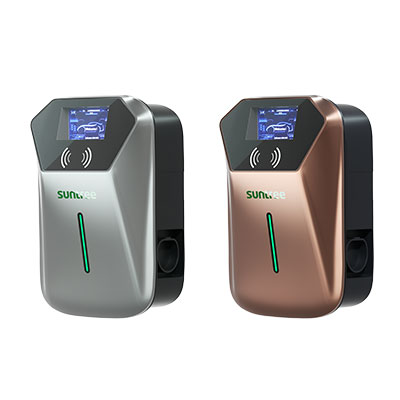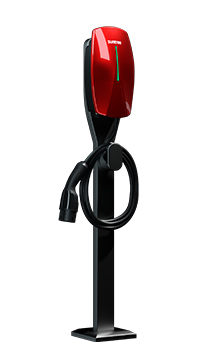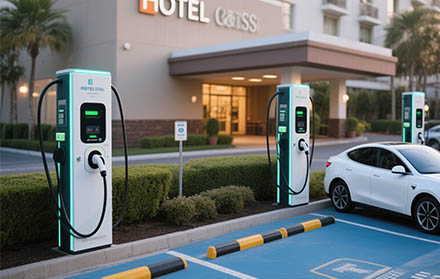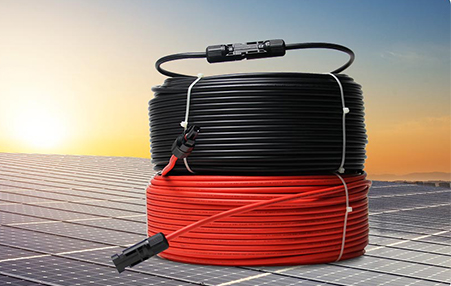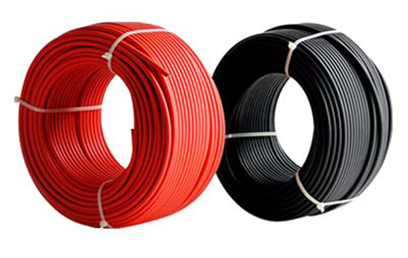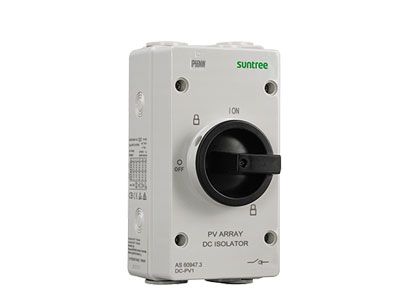Understanding the Role of DC Disconnect Switches and Grid-Connected DC Accessories in Modern Electrical Systems
In today’s rapidly evolving energy landscape, direct current (DC) power systems are gaining prominence, particularly in renewable energy installations, electric vehicles, and industrial applications. A critical component ensuring the safety and efficiency of these systems is the DC disconnect switch. Additionally, as grid-connected DC systems become more widespread, grid-connected DC accessories—such as combiners, surge protectors, and monitoring devices—are playing an increasingly vital role. This article explores the purpose, applications, and benefits of DC disconnect switches and their synergy with grid-connected DC accessories, emphasizing their importance in safeguarding equipment and personnel.
I.What Is a DC Disconnect Switch?
A DC disconnect switch is a manually operated or automated device designed to interrupt the flow of direct current (DC) in an electrical circuit. Unlike alternating current (AC), DC does not naturally cycle to zero voltage, making it inherently riskier to interrupt. DC disconnect switches are engineered to handle this challenge by safely breaking the circuit, isolating equipment from the power source for maintenance, emergencies, or system reconfiguration.
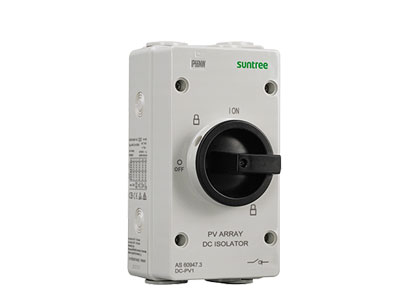
II.Key features of these switches include:
Current and Voltage Ratings: Designed to match the specific requirements of the system.
Arc Suppression: Built-in mechanisms to extinguish arcs caused by interrupting DC current.
Durability: Constructed to withstand environmental stressors like moisture, dust, and temperature fluctuations.
III.Primary Purposes of DC Disconnect Switches
1. Safety During Maintenance
DC systems, such as solar photovoltaic (PV) arrays or battery storage systems, require periodic inspections or repairs. A DC disconnect switch allows technicians to de-energize the system safely, minimizing the risk of electric shock or arc flashes.
2. Emergency Shutdown
In case of equipment failure, fire, or other hazards, these switches enable rapid isolation of the power source, preventing damage to components and protecting personnel.
3. System Segmentation
Large-scale DC installations often use multiple DC disconnect switches to isolate specific sections. This modularity simplifies troubleshooting and enhances operational flexibility.
4. Compliance with Electrical Codes
Many jurisdictions mandate the use of DC disconnect switches in renewable energy systems to meet safety standards (e.g., NEC Article 690 for solar installations).
IV.Applications of DC Disconnect Switches and Grid-Connected DC Accessories
1. Solar Energy Systems
Solar panels generate DC power, which is routed through inverters to convert it to AC. DC disconnect switches are installed between the panels and inverters to allow safe shutdowns during maintenance or emergencies. In grid-tied solar systems, grid-connected DC accessories like combiners and surge protectors work alongside these switches to optimize energy flow and protect against voltage spikes.
2. Battery Energy Storage
Batteries in off-grid or hybrid systems store DC electricity. **DC disconnect switches** ensure safe access to battery banks and prevent unintended discharge. For grid-connected storage systems, grid-connected DC accessories such as charge controllers and monitoring units enhance efficiency and compatibility with the utility grid.
3. Electric Vehicle (EV) Charging Stations
High-voltage DC fast chargers utilize **DC disconnect switches** to isolate charging equipment during faults or servicing. Grid-connected DC accessories, including smart meters and load management systems, further ensure stable power distribution in public charging networks.
4. Grid-Connected Industrial Systems
Industrial facilities integrating DC microgrids rely on DC disconnect switches to protect machinery and personnel. Grid-connected DC accessories—such as power optimizers and bidirectional converters—enable seamless interaction between on-site DC generation and the AC utility grid.
V.Key Considerations When Choosing DC Disconnect Switches and Accessories
Voltage and Current Ratings: Must align with the system’s maximum operating parameters.
Environmental Resistance: For outdoor use, opt for **DC disconnect switches** and grid-connected DC accessories with IP65 or higher ingress protection.
Arc Suppression Technology: Look for DC disconnect switches with robust arc chutes or magnetic blowout features.
Compatibility: Ensure grid-connected DC accessories are designed to integrate with existing switches and inverters.
Certifications: Verify compliance with standards like UL 508, IEC 60947-3, or NEC requirements.
VI.The Future of DC Disconnect Switches and Grid-Connected Technologies
As DC technologies expand—driven by solar energy, energy storage, and electric transportation—the demand for reliable DC disconnect switches and advanced grid-connected DC accessories will grow. Innovations such as smart switches with remote monitoring capabilities and AI-driven grid-connected DC accessories are already emerging. These technologies integrate IoT features for predictive maintenance, real-time energy management, and enhanced grid stability.
Conclusion
DC disconnect switches and grid-connected DC accessories are indispensable in modern electrical systems, bridging safety, functionality, and regulatory compliance. Whether in a residential solar array, an industrial DC microgrid, or a utility-scale renewable project, these components ensure that power can be controlled, distributed, and interrupted safely. By understanding their roles and selecting the right combination of devices, stakeholders can build resilient, efficient, and future-ready energy systems.



